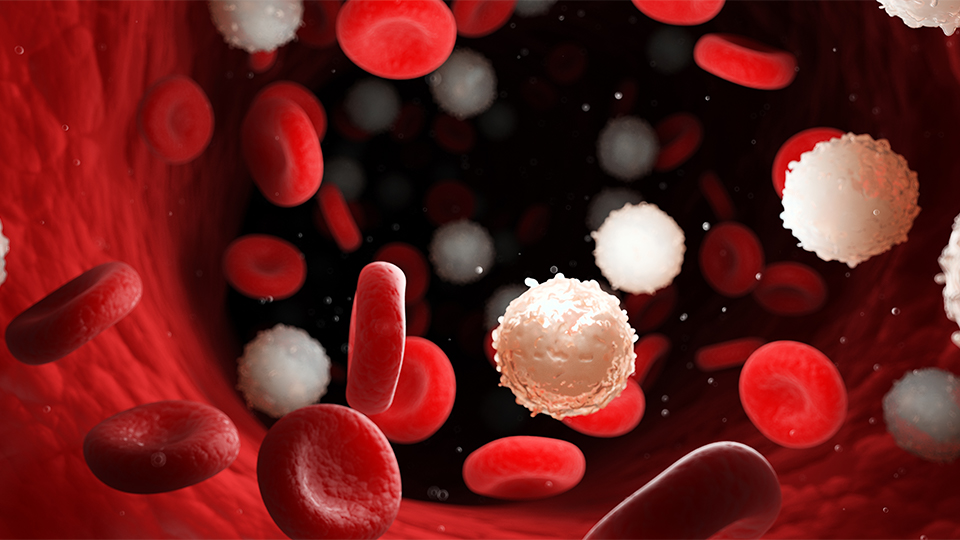Blood product transfusion in critically ill children
DOI:
https://doi.org/10.37051/mir-00156Keywords:
Blood transfusion, erythrocytes, platelet, plasma, pediatric intensive care unitAbstract
Blood transfusions can be lifesaving, but they are not without risks so that appropriate strategies are required to guide physicians prescribing blood products in critically ill children. For red blood cell (RBC) transfusions, a restrictive strategy (i.e., to transfuse when the Hb level is below 70 g/L) is recommended for most critically ill children. Such a restrictive strategy allows to reduce packed RBC consumption (and exposure) with no effect on patient outcomes. Even though a more liberal strategy, based on clinical judgement, may be recommended in several circumstances (including severe hypoxemia, hemodynamic instability, acute brain injury or severe myocardial dysfunction), there is no solid evidence that transfusion above 100 g/L is beneficial. Data on plasma and platelet transfusions in critically children are scarce and include very few studies of high quality. Therefore, experts are able to strictly recommend to prescribe plasma and platelet transfusions only in case of massive bleeding, and to not prescribe them in a few circumstances. But for most of the cases, experts are only able to recommend the use of clinical judgement when considering plasma and platelet transfusions. Further research in transfusion medicine is required to develop evidence-based transfusion strategies.


